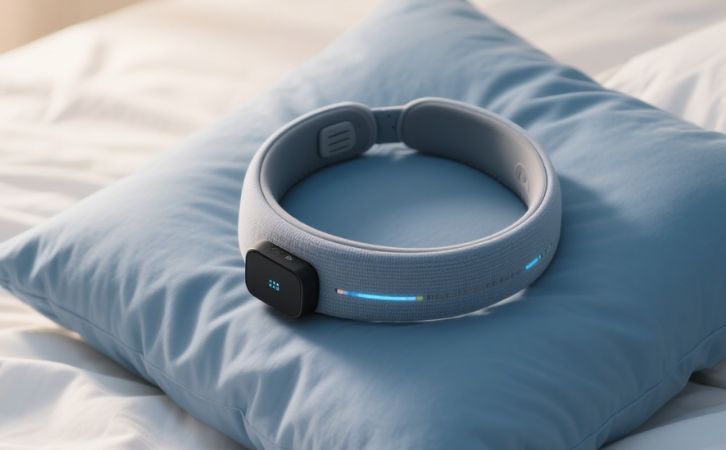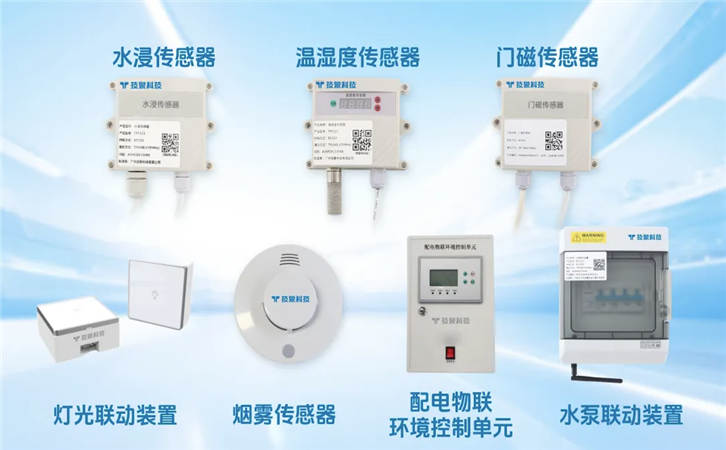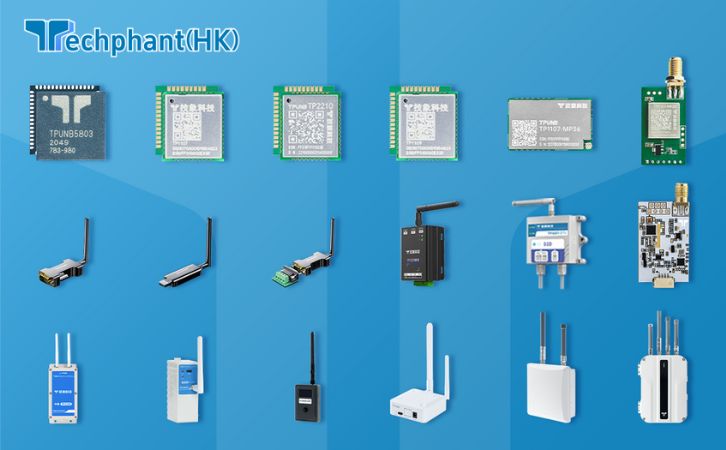Smart wearables, such as smartwatches, fitness trackers, and biosensors, have transformed preventive healthcare by enabling continuous monitoring of vital signs and promoting proactive health management. Powered by Internet of Things (IoT) technologies, these devices collect, process, and transmit data on metrics like heart rate, sleep patterns, and glucose levels, empowering individuals to make informed health decisions and enabling healthcare providers to intervene early. By integrating low-power sensors, efficient communication protocols, and advanced analytics, smart wearables are reshaping how we prevent and manage health conditions. This article examines the role of smart wearables in preventive healthcare, exploring their technical foundations, applications, challenges, and future directions.
I. Technical Foundations of Smart Wearables
Smart wearables rely on a combination of advanced sensors, low-power chipsets, and IoT communication protocols to deliver real-time health monitoring. Sensors, such as photoplethysmography (PPG) for heart rate, accelerometers for activity tracking, and electrochemical sensors for glucose monitoring, are integrated into compact devices like the Apple Watch or Dexcom G7. These sensors, often based on chipsets like the Nordic nRF52840, consume minimal power—typically 1–5 mA during active measurements and less than 10 µA in sleep mode—enabling battery life of days to weeks.
Communication protocols like Bluetooth Low Energy (BLE) and Wi-Fi enable data transmission to smartphones or cloud platforms. BLE, operating in the 2.4 GHz band, supports short-range (up to 100 meters) communication with data rates up to 2 Mbps, ideal for wearables due to its low energy consumption. For example, a fitness tracker might use BLE to send heart rate data to a smartphone app, which relays it to a cloud server via MQTT (Message Queuing Telemetry Transport) for analysis. Some wearables incorporate NB-IoT for direct cellular connectivity, enabling remote monitoring without a smartphone intermediary. Edge processing on wearables or gateways filters data to reduce bandwidth, while cloud platforms like Google Cloud IoT Core enable advanced analytics, such as anomaly detection for irregular heart rhythms. Security features, including AES-128 encryption for BLE and TLS for cloud communication, protect sensitive health data.
II. Applications in Preventive Healthcare
Smart wearables support a wide range of preventive healthcare applications, empowering individuals and clinicians. In chronic disease management, wearables like the Fitbit Charge monitor heart rate and activity levels, alerting users to irregularities like atrial fibrillation. For example, the Apple Watch’s ECG feature, approved by the FDA, detects arrhythmias with 98% accuracy, enabling early intervention. Continuous glucose monitors (CGMs), such as the Dexcom G7, use NB-IoT to transmit real-time glucose readings to healthcare providers, improving diabetes management by reducing hypoglycemic events by up to 40%.
In fitness and wellness, wearables track metrics like steps, calories burned, and sleep quality, encouraging healthier lifestyles. For instance, a Garmin tracker might analyze sleep patterns to recommend better sleep hygiene, reducing risks of obesity or cardiovascular issues. Mental health monitoring is another emerging application, with devices like the Oura Ring tracking heart rate variability (HRV) to assess stress levels and suggest mindfulness exercises. In elderly care, wearables with fall detection, such as the Samsung Galaxy Watch, use accelerometers to trigger alerts via BLE to caregivers, enhancing safety. These applications demonstrate how wearables enable proactive health management and early detection across diverse populations.
III. Advantages of Smart Wearables
Smart wearables offer significant advantages for preventive healthcare. Continuous monitoring provides real-time insights, unlike periodic clinical visits. For example, a wearable detecting a heart rate anomaly can alert users within seconds, compared to days or weeks for traditional checkups. High accuracy, driven by advanced sensors and algorithms, enhances reliability; studies show PPG-based heart rate monitors achieve 95% accuracy compared to medical-grade devices. Energy efficiency is a key benefit, with BLE-enabled wearables operating for 7–14 days on a 200 mAh battery, making them practical for daily use.
User empowerment is another advantage, as wearables provide actionable insights via mobile apps or dashboards. For instance, a Fitbit app might recommend increasing daily steps based on activity trends, fostering behavior change. Integration with healthcare systems, such as EHRs, enables seamless data sharing with providers, improving care coordination. Scalability is enhanced by IoT protocols like MQTT, which support thousands of devices, allowing population-wide health monitoring. Wearables also reduce healthcare costs by preventing complications; for example, CGMs can reduce diabetes-related hospitalizations by 20%. These benefits make wearables a cornerstone of preventive healthcare.
IV. Challenges and Limitations
Despite their potential, smart wearables face several challenges. Data accuracy can be affected by environmental factors or user behavior; for instance, PPG sensors may misread heart rates during intense exercise or on darker skin tones, requiring advanced calibration. Battery life, while improved, remains a limitation for continuous monitoring; a smartwatch with ECG and GPS might last only 24 hours, necessitating frequent charging. Interoperability is a concern, as devices from different vendors (e.g., Apple, Fitbit) use proprietary protocols, complicating integration with EHRs or other systems. Standards like HL7 FHIR aim to address this, but adoption is ongoing as of June 2025.
Security and privacy are critical issues, as wearables handle sensitive health data. Cyberattacks, such as BLE spoofing, could expose data, requiring robust encryption like TLS, which increases power consumption by 10–15%. Privacy regulations, such as HIPAA or GDPR, add complexity to data management. User adoption is another challenge; some populations, like the elderly, may find wearables complex or intrusive, requiring intuitive designs and training. Finally, cost remains a barrier; high-end wearables like the Apple Watch Ultra (~$800) or CGMs (~$100/month) may be unaffordable for some, limiting equitable access.
Conclusion
Smart wearables are revolutionizing preventive healthcare by enabling continuous, real-time monitoring of vital signs, promoting proactive health management, and reducing healthcare costs. Leveraging advanced sensors, low-power protocols like BLE and NB-IoT, and cloud analytics, these devices support applications from chronic disease management to mental health monitoring. Advantages like high accuracy, user empowerment, and scalability underscore their transformative potential. However, challenges such as data accuracy, security, interoperability, and cost require ongoing innovation in sensor design, standardization, and equitable access strategies. As technologies like 5G, AI-driven analytics, and energy harvesting advance, smart wearables will continue to drive personalized, preventive healthcare, improving outcomes and quality of life.



